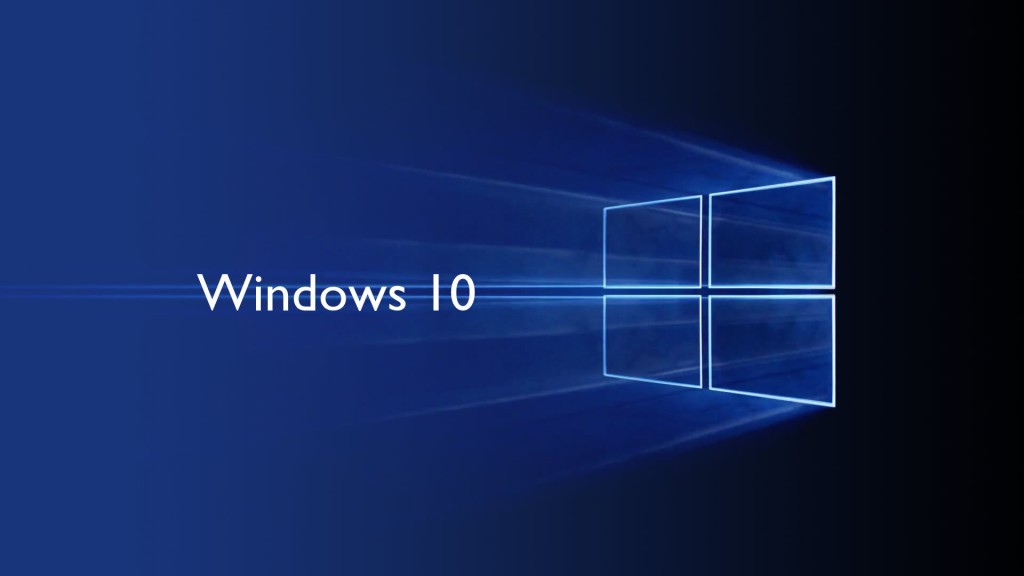
Okay, so it’s actually been a little longer than 6 months since Windows 10 was released to the masses. It had been used by developers, power users and early release beneficiaries for months and months, so the results once the operating system was released into the wild were not entirely surprising. Microsoft has been climbing out of a public image hole since the release of Vista, then later Windows 8.0. Although Windows 8.0 was relatively stable, it lacked one of the most critical attributes of success, widespread adoption. Most pundits predicted, if Microsoft fails to hit market success, it could signal a major (downward) turning point for the tech luminary. Microsoft has never been shy, and they made one of their boldest predictions ever, that Windows 10 would reach 1 billion users within 2-3 years from release. (http://www.computerworld.com/article/2919104/windows-pcs/where-will-microsoft-find-1-billion-devices-for-windows-10.html) As of recently, they were as far as 200 million users towards their goal (https://www.spiceworks.com/it-articles/windows-10-adoption/) A big number but still a long way to go. So before you agree to switching your business, here’s what you need to know 6 months after the launch of Windows 10.
Windows 10 is widely accepted by the tech community
Despite all of Microsoft’s muscle and influence, they are still at the mercy of the market. When a new operating system is released, all of the tech companies of the world need to update their software. This goes for all software applications, print drivers, web browsers etc. When an OS fails to achieve early market success, the manufacturers of “everything else” often slow their R&D dollars and either avoid the comprehensive development of these components, or do sloppy, low budget deployments of their software and patches. This creates a vicious cycle, where the user experience is more and more negative. Microsoft could have built the best operating system in history, but if the software that runs on it is glitchy, you are likely going to blame the OS for the “experience”.
Luckily for Microsoft, the tech community seems to agree that it will be a success, because the development of drivers and software has been fast and strong. Software and printer manufacturers who haven’t developed Windows 10 compatibility into their systems are apologizing and scrambling.
Windows 10 is bulletproof
Windows 10 offers a great experience. One of the biggest drawbacks to Microsoft products in the past has been their complexity. Windows 10 has more of the modern, minimalist feeling. It is easy to use, anything you want you can find with a quick Google-like search. It supports the touch experience well, and is generally as stable as any operating system released in the past. We like it, and have had good feedback from our customers.
Windows 10 is free for only about 4 more months
As a kick-start to the ambitious adoption goals, and as a demonstration of the “new Microsoft”, Windows 10 is free for upgrade through the first year. Despite the ability to do the upgrade in-place, we generally recommend a clean install of Windows 10 to minimize issues. This means that the time to start planning is now. Although your odds for a smooth transition are pretty good, checking with your IT provider to make sure your critical applications will be covered is always a good idea. And the upgrade can take a couple hours, so the disruption should be scheduled.
We like Windows 10 and think you will too. But making the switch is an endeavor that should be done alongside professionals and in-line with your bigger tech plans. If you are interested in making plans for Windows 10, contact Upward today.

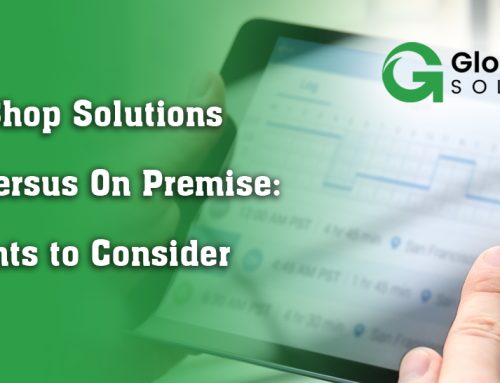
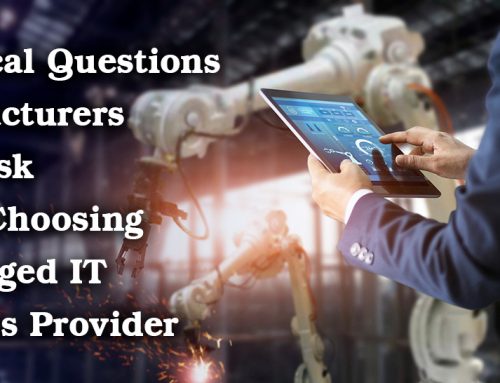
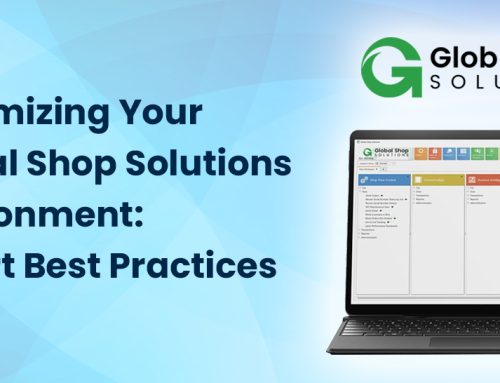
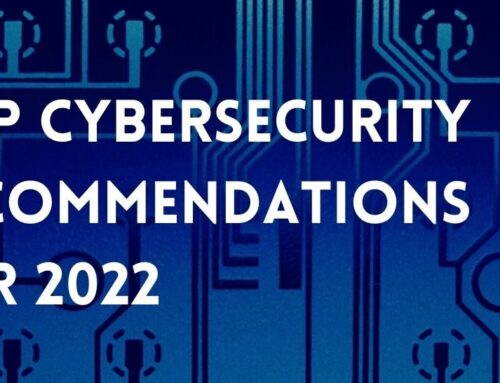
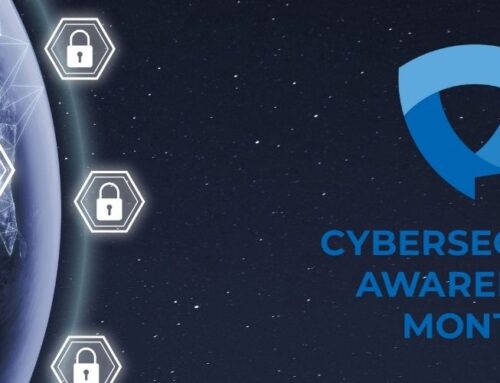
Leave A Comment